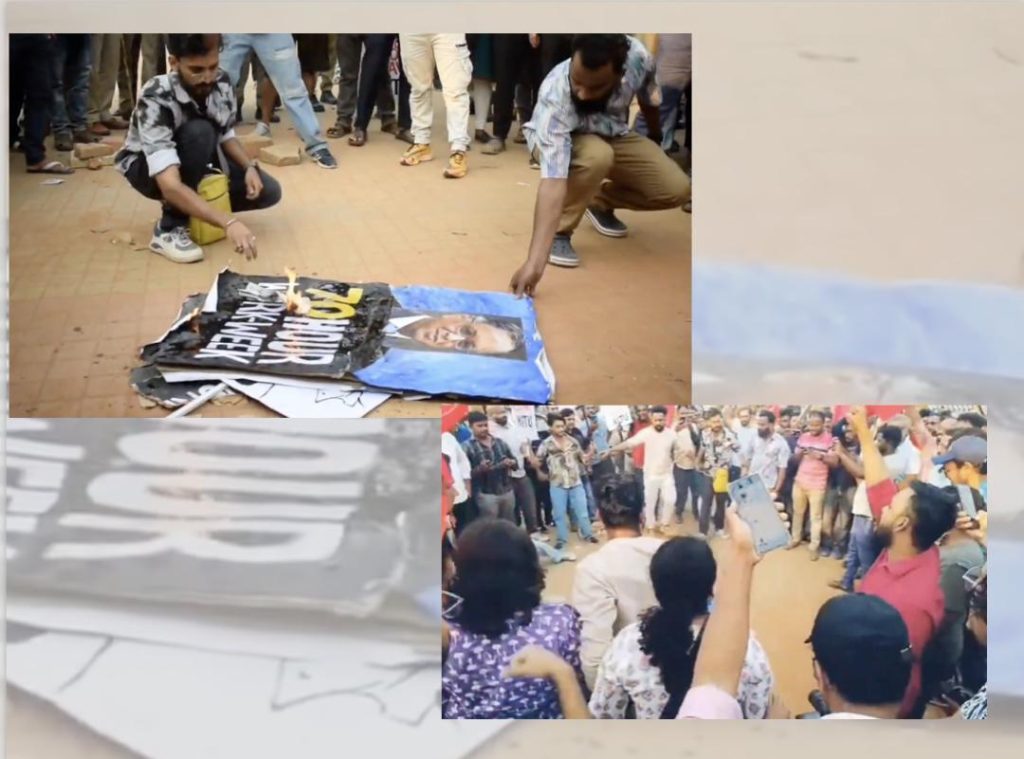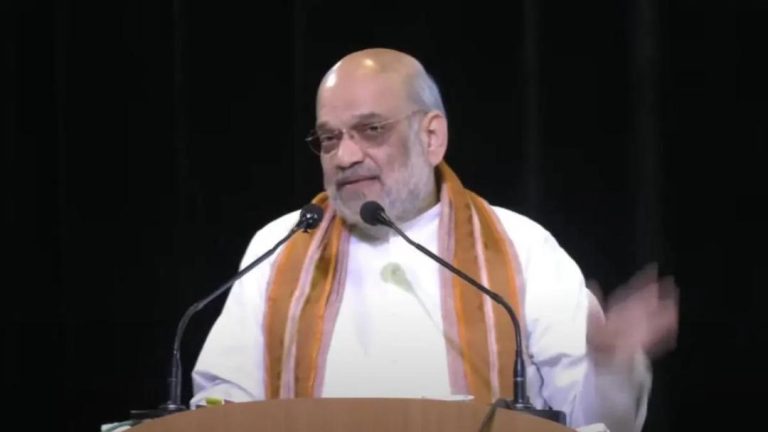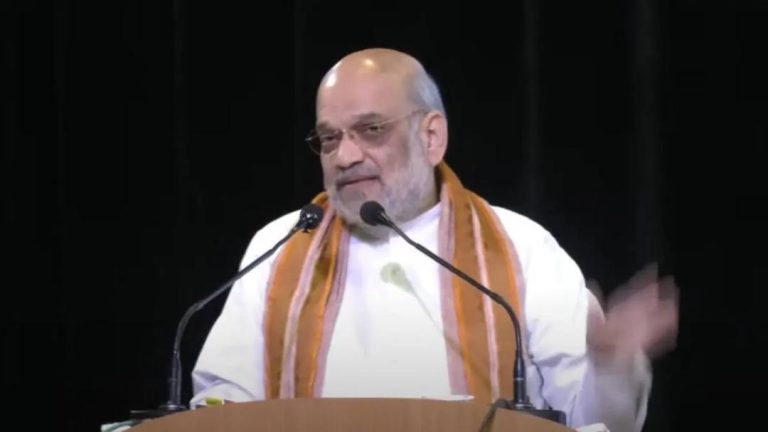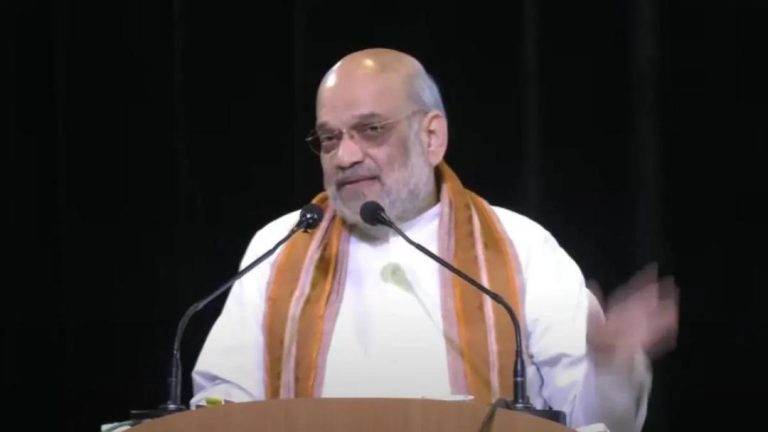
IT Employees Burn Murthy, L&T Chief’s Effigies for Proposing Longer Workweeks
In a bold display of protest, IT employees in Bengaluru burnt effigies of Infosys Founder Narayana Murthy and L&T Chairman SN Subrahmanyan, denouncing their proposals for longer workweeks. The protest, led by the Karnataka IT Unions (KITU), a collective of IT employees, was a response to the comments made by the two industry leaders.
Narayana Murthy, the co-founder of Infosys, had suggested that employees should work for 70 hours a week to increase productivity and competitiveness. This proposal was met with widespread criticism and outrage from employees, who felt that it was an unrealistic and exploitative demand. Similarly, SN Subrahmanyan, the Chairman of Larsen & Toubro (L&T), had suggested that employees should work for 90 hours a week.
The KITU union, which represents IT employees in Karnataka, took umbrage with these proposals and decided to take a stand against them. On Saturday, a group of IT employees gathered in Bengaluru to protest against the proposals and to burn effigies of Murthy and Subrahmanyan.
Despite efforts by the Bengaluru Police to stop the protest, the employees went ahead with their plans. The police had arrived at the scene, trying to disperse the crowd and prevent the effigies from being burnt. However, the protesters were undeterred and continued with their plans.
As the effigies of Murthy and Subrahmanyan went up in flames, the protesters cheered and chanted slogans against exploitative work practices. The protest was a symbol of the growing discontent among IT employees over the demands made by their leaders.
The IT industry has traditionally been known for its long working hours and demanding work culture. However, in recent years, there has been a growing trend among employees to push back against these demands and to demand better working conditions and work-life balance.
The KITU union, which has been at the forefront of this movement, has been advocating for better working conditions and an end to exploitative practices in the IT industry. The union has also been pushing for a 35-hour workweek and better compensation for employees.
The protest against Murthy and Subrahmanyan’s proposals was a clear indication of the growing discontent among IT employees over the demands made by their leaders. The employees are no longer willing to accept the long working hours and demanding work culture that has been the norm in the industry.
In recent years, there have been several instances of IT employees protesting against exploitative work practices. In 2020, IT employees in Bengaluru protested against the proposal to increase working hours. In 2019, IT employees in Hyderabad protested against the demand to work for 12 hours a day.
The KITU union has been at the forefront of these protests and has been advocating for better working conditions and an end to exploitative practices in the IT industry. The union has also been pushing for a 35-hour workweek and better compensation for employees.
The protest against Murthy and Subrahmanyan’s proposals is a clear indication of the growing discontent among IT employees over the demands made by their leaders. The employees are no longer willing to accept the long working hours and demanding work culture that has been the norm in the industry.
The Bengaluru Police, who were present at the protest, tried to disperse the crowd and prevent the effigies from being burnt. However, the protesters were undeterred and continued with their plans.
As the effigies of Murthy and Subrahmanyan went up in flames, the protesters cheered and chanted slogans against exploitative work practices. The protest was a symbol of the growing discontent among IT employees over the demands made by their leaders.
The IT industry has traditionally been known for its long working hours and demanding work culture. However, in recent years, there has been a growing trend among employees to push back against these demands and to demand better working conditions and work-life balance.
The KITU union, which has been at the forefront of this movement, has been advocating for better working conditions and an end to exploitative practices in the IT industry. The union has also been pushing for a 35-hour workweek and better compensation for employees.
The protest against Murthy and Subrahmanyan’s proposals is a clear indication of the growing discontent among IT employees over the demands made by their leaders. The employees are no longer willing to accept the long working hours and demanding work culture that has been the norm in the industry.
In conclusion, the protest against Murthy and Subrahmanyan’s proposals is a clear indication of the growing discontent among IT employees over the demands made by their leaders. The employees are no longer willing to accept the long working hours and demanding work culture that has been the norm in the industry.
The KITU union, which has been at the forefront of this movement, has been advocating for better working conditions and an end to exploitative practices in the IT industry. The union has also been pushing for a 35-hour workweek and better compensation for employees.
The protest against Murthy and Subrahmanyan’s proposals is a clear indication of the growing discontent among IT employees over the demands made by their leaders. The employees are no longer willing to accept the long working hours and demanding work culture that has been the norm in the industry.






